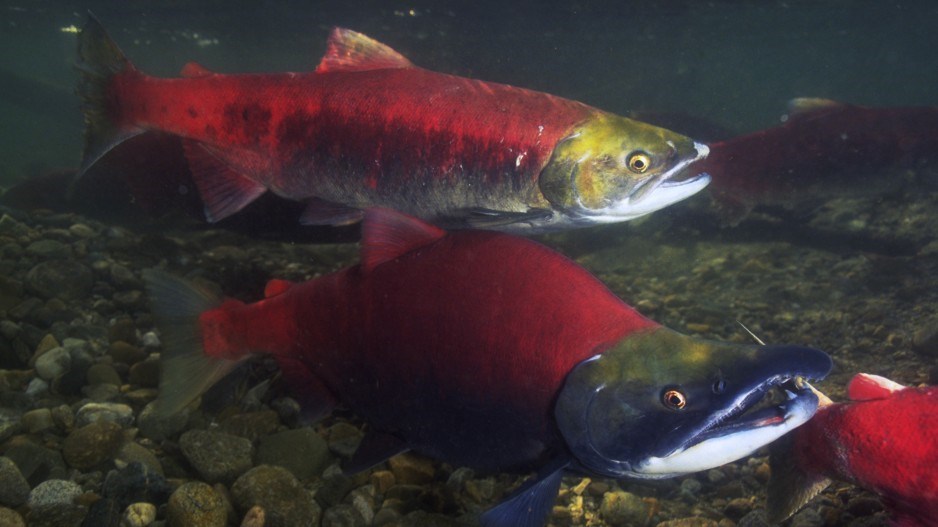La Niña good, El Niño bad.
That’s seems to be the case for Pacific salmon making their trek to spawning grounds inland.
According to Shaun Davies, a biologist for Fisheries and Oceans Canada, the healthy Skeena River and Nass River salmon runs this year are the result of persistent La Niña conditions that brought colder ocean surface temperatures off the coast of B.C. in the two previous years that led into this year’s warmer El Niño currents.
“The colder water results in improved nutrients, better-quality zooplankton, which the sockeye feed on - salmon do better in a colder climate that has the favourable food,” said Davies.
All salmon species - sockeye, pink, chum, coho, chinook and steelhead - return to the Skeena to spawn. Numbers counted for sockeye and pink were well above average in 2023.
“I would consider it an anomalous year in terms of returns of salmon,” said Davies, the Prince Rupert-based section head of the North Coast stock assessment.
“The sockeye was a favourable return and a lot better than the recent decadal average. I think the return is going to come in at 1.7 million or so. We did have a larger return the year before as well, which was larger than that.”
Recreational limits on sockeye catches in Region 6 increased to four per day and eight in possession on July 27. Davies said the return of sockeye back into the Skeena came earlier this year than in eight of the previous 10 years. Most of the sockeye returning to spawning territory in Babine Lake are typically four- and five-year-old fish.
“They’ve been healthy but we do remain concerned about the state of the rivers, the freshwater environment and the drought, so the fishing harvests are a lot more precautionary than they used to be,” said Davies.
Pink salmon returns to the Skeena this year were massive. The counting fence at Babine Lake recorded a half-million pinks, but they are a boom-and-bust species and Davies expects numbers will fall off drastically as a result of this year’s warmer sea currents.
Chum returns have not been healthy for several years and chinook numbers are also concerning after successive years of poor returns.
“Unfortunately, I think we’re flipping back to less favourable conditions again.,” Davies said. “The two years of improved returns is not something I think is going to continue. The warm ocean temperatures seem to be heightening and significant again and that’s going to impact salmon.”
B.C. has just experienced one of its driest summers on record. Streams and rivers have fallen to dangerously low levels in many parts of the province, prompting the Pacific Salmon Foundation to intervene by funding four emergency projects to help fish stranded in pools of water where they’ve had to endure temperatures that threaten their survival.
“Certainly, similar to the rest of the province, glaciers have retreated and we’re not getting the cold-water influences and reduced snowpack," said Davies.
“We’re all concerned about elevated summer temperatures and increased river temperatures but those issues seem to pale in comparison to the temperatures the Fraser River can suffer. Compared to those in the north, the Fraser River temperatures are a lot higher.”





